Worksheets United States Civil War
The United States Civil War remains a fascinating and pivotal event in American history. For educators and history enthusiasts seeking well-crafted and informative worksheets to engage students or deepen their own understanding, look no further. These worksheets offer a comprehensive exploration of the various aspects and key players in the Civil War, making them an invaluable resource for anyone keen to learn more about this important period in American history.
Table of Images 👆
More Other Worksheets
Kindergarten Worksheet My RoomSpanish Verb Worksheets
Cooking Vocabulary Worksheet
DNA Code Worksheet
Meiosis Worksheet Answer Key
Art Handouts and Worksheets
7 Elements of Art Worksheets
All Amendment Worksheet
Symmetry Art Worksheets
Daily Meal Planning Worksheet
When did the United States Civil War begin and end?
The United States Civil War began on April 12, 1861, with the attack on Fort Sumter in South Carolina, and ended on April 9, 1865, when Confederate General Robert E. Lee surrendered to Union General Ulysses S. Grant at Appomattox Court House in Virginia.
Who were the opposing sides during the Civil War?
The opposing sides during the Civil War were the Union, which consisted of the northern states loyal to the United States government and opposed to slavery, and the Confederacy, which comprised the southern states that seceded from the Union and fought to preserve slavery and assert their independence.
What were the main causes of the Civil War?
The main causes of the Civil War in the United States were disagreements over states' rights versus federal authority, specifically related to the expansion of slavery into new territories, economic differences between the industrial North and agrarian South, and political tensions over the balance of power between free and slave states in Congress. These underlying issues ultimately led to secession of Southern states and the outbreak of the war in 1861.
Where were the major battlefields of the Civil War located?
The major battlefields of the Civil War were located primarily in the Southern states, including states such as Virginia, Tennessee, Mississippi, Georgia, and the Carolinas. Some of the most significant battles took place at locations such as Bull Run, Antietam, Gettysburg, Vicksburg, and Atlanta. Additionally, there were battles fought in border states like Maryland and Kentucky, as well as in the western theater in states like Missouri and Louisiana.
Who were some key military leaders during the Civil War?
Some key military leaders during the Civil War were Union generals Ulysses S. Grant, William T. Sherman, and George McClellan, as well as Confederate generals Robert E. Lee, Stonewall Jackson, and J.E.B. Stuart. These leaders played significant roles in shaping the course of the war through their strategic decisions and battlefield tactics.
What were some significant events or turning points during the war?
Some significant events and turning points during the war included the attack on Pearl Harbor, which brought the United States into World War II; the Battle of Stalingrad, a turning point on the Eastern Front where the German advance was halted; D-Day, when Allied forces invaded Normandy, leading to the liberation of Western Europe; the dropping of atomic bombs on Hiroshima and Nagasaki, leading to Japan's surrender; and the unconditional surrender of Nazi Germany, marking the end of the war in Europe.
How did the Emancipation Proclamation impact the Civil War?
The Emancipation Proclamation, issued by President Abraham Lincoln in 1863, had a significant impact on the Civil War by changing the focus of the conflict and aligning it more closely with the goal of abolishing slavery. By declaring all enslaved individuals in Confederate-held territory to be free, the proclamation not only deprived the Confederacy of a crucial economic and labor force but also encouraged African Americans to join the Union army and fight for their freedom. This shift in objectives helped to garner greater moral and international support for the Union cause, ultimately contributing to the Union victory in the Civil War and the eventual abolition of slavery in the United States.
What were the social and economic consequences of the Civil War?
The Civil War had far-reaching social and economic consequences in the United States. Socially, it led to the abolition of slavery, but also resulted in a significant loss of life and destruction of infrastructure, leaving many communities devastated. Economically, the war had a profound impact as it disrupted agriculture, commerce, and industry, leading to inflation, debt, and financial strain on the government and individuals. The war also spurred industrialization in the North and exacerbated regional economic disparities between the North and the South.
What were the effects of the Civil War on the United States government?
The Civil War resulted in a significant shift in the balance of power between the federal government and the states. Prior to the war, states had more autonomy and power, but after the conflict, the federal government's authority was strengthened. This was exemplified by the abolition of slavery through the 13th Amendment, the expansion of federal power to enforce civil rights through the 14th Amendment, and the enactment of the Reconstruction Acts to bring the Southern states back into the Union under federal oversight. Overall, the Civil War led to a more centralized and powerful federal government.
How did the Civil War shape the future of the United States?
The Civil War profoundly shaped the future of the United States by ultimately leading to the abolition of slavery, preserving the Union, and establishing the federal government's dominance over the states. The war also marked a significant shift in the country's identity, paving the way for political, social, and economic transformations, such as the Reconstruction era and the expansion of federal powers. Additionally, the Civil War set a precedent for future civil rights movements and fundamentally altered the trajectory of American history by solidifying the nation's commitment to freedom and equality for all citizens.
Have something to share?
Who is Worksheeto?
At Worksheeto, we are committed to delivering an extensive and varied portfolio of superior quality worksheets, designed to address the educational demands of students, educators, and parents.

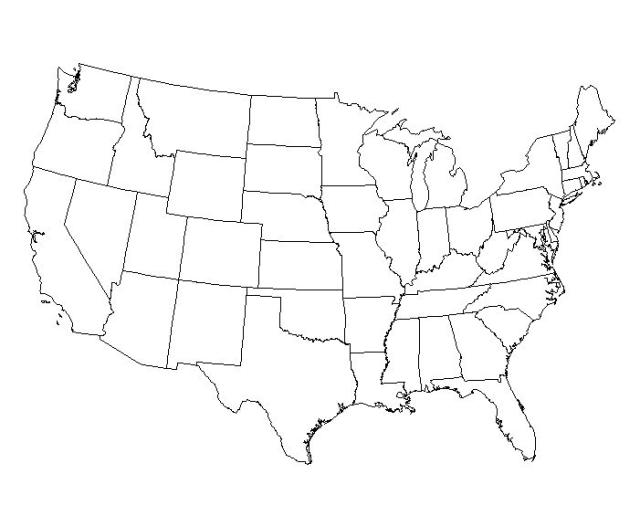



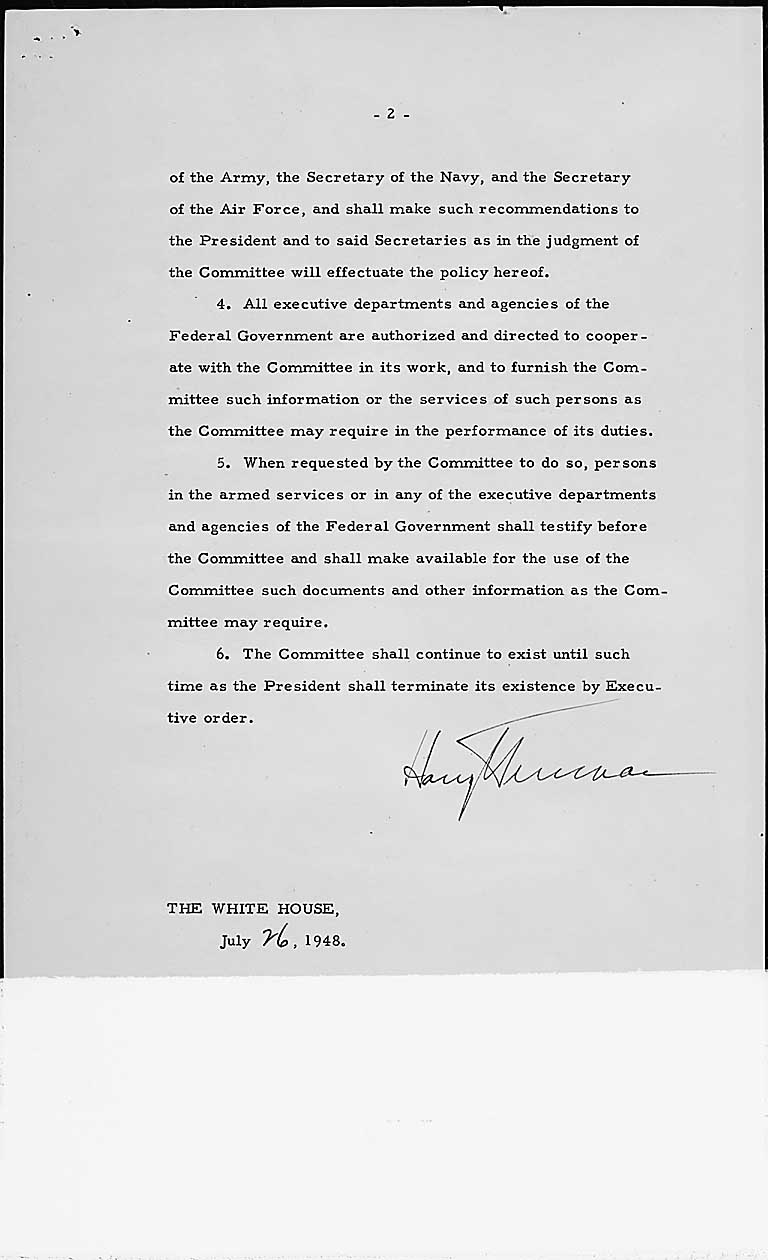
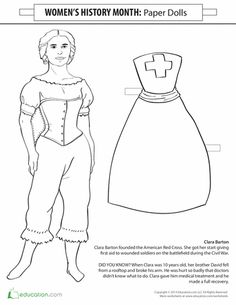
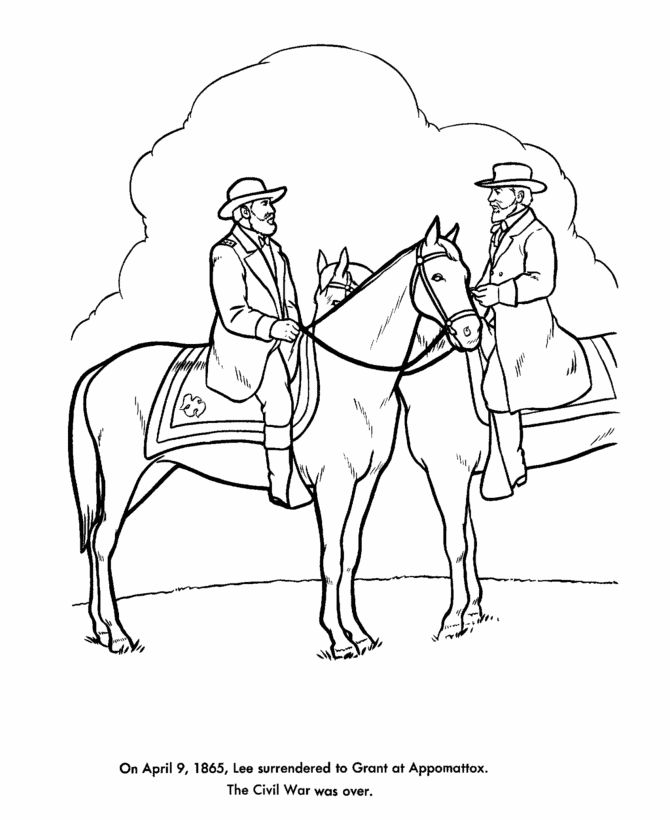
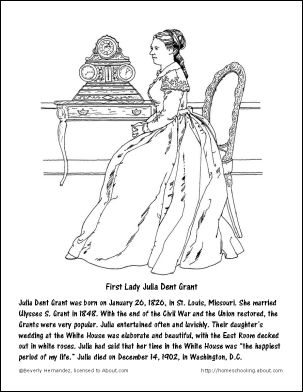
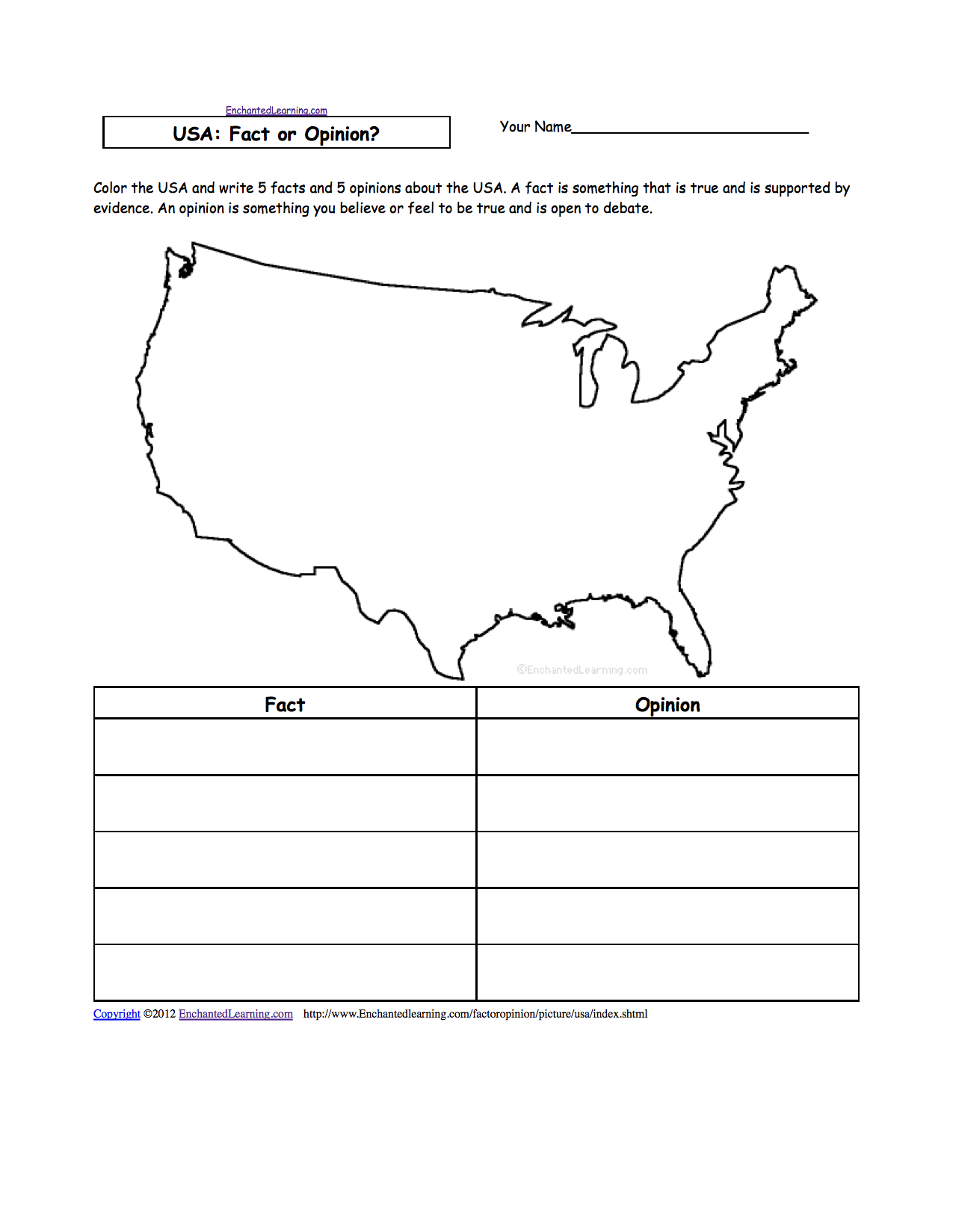
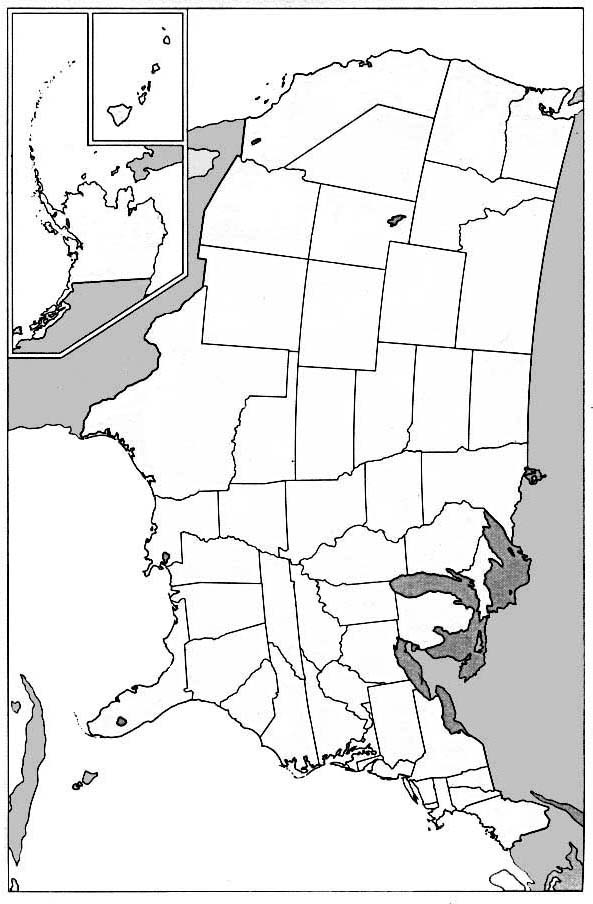
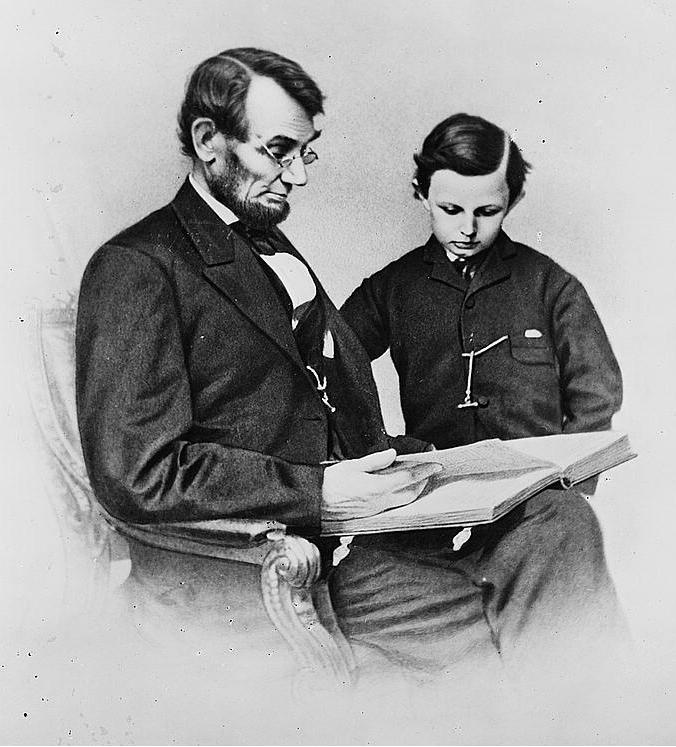


















Comments